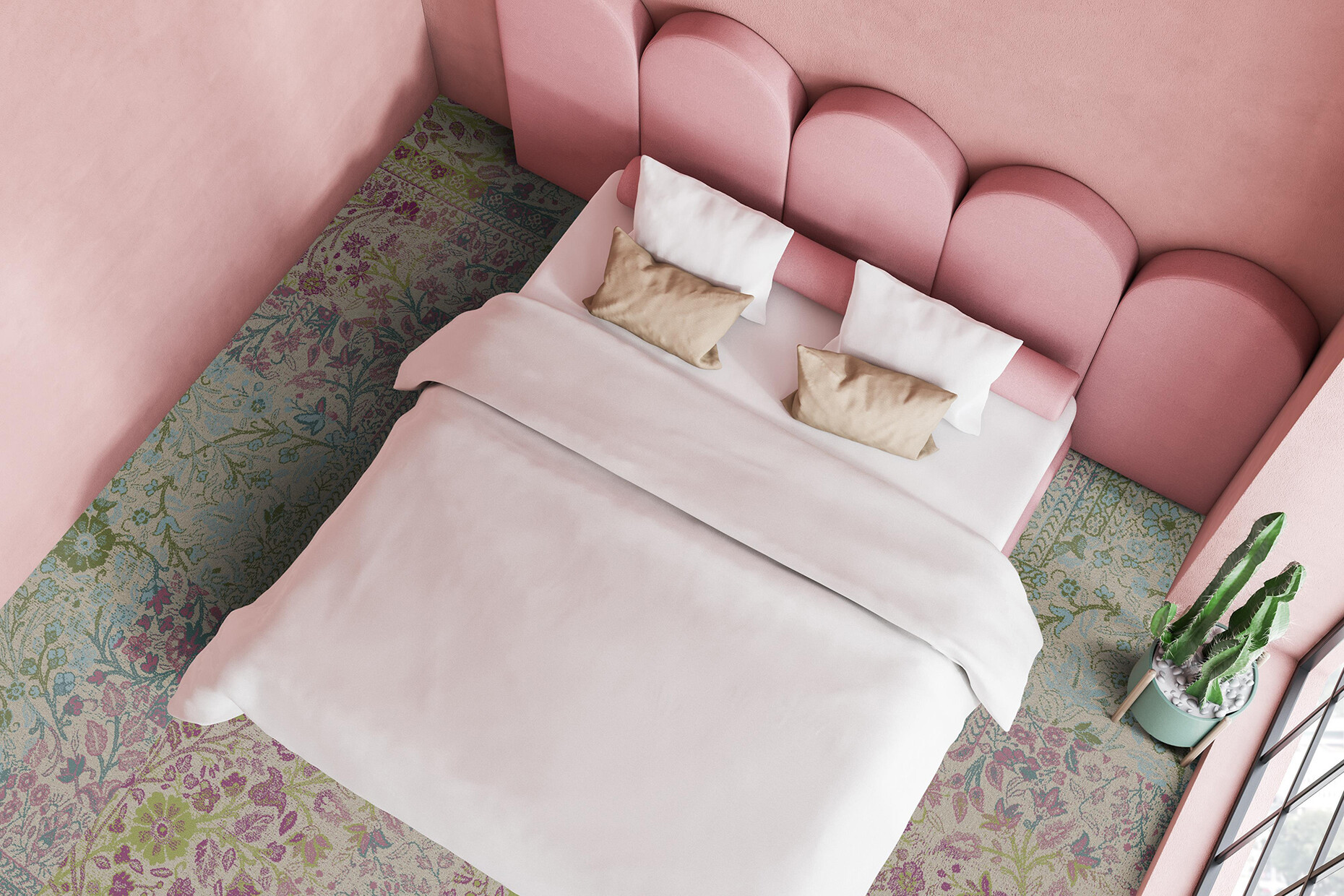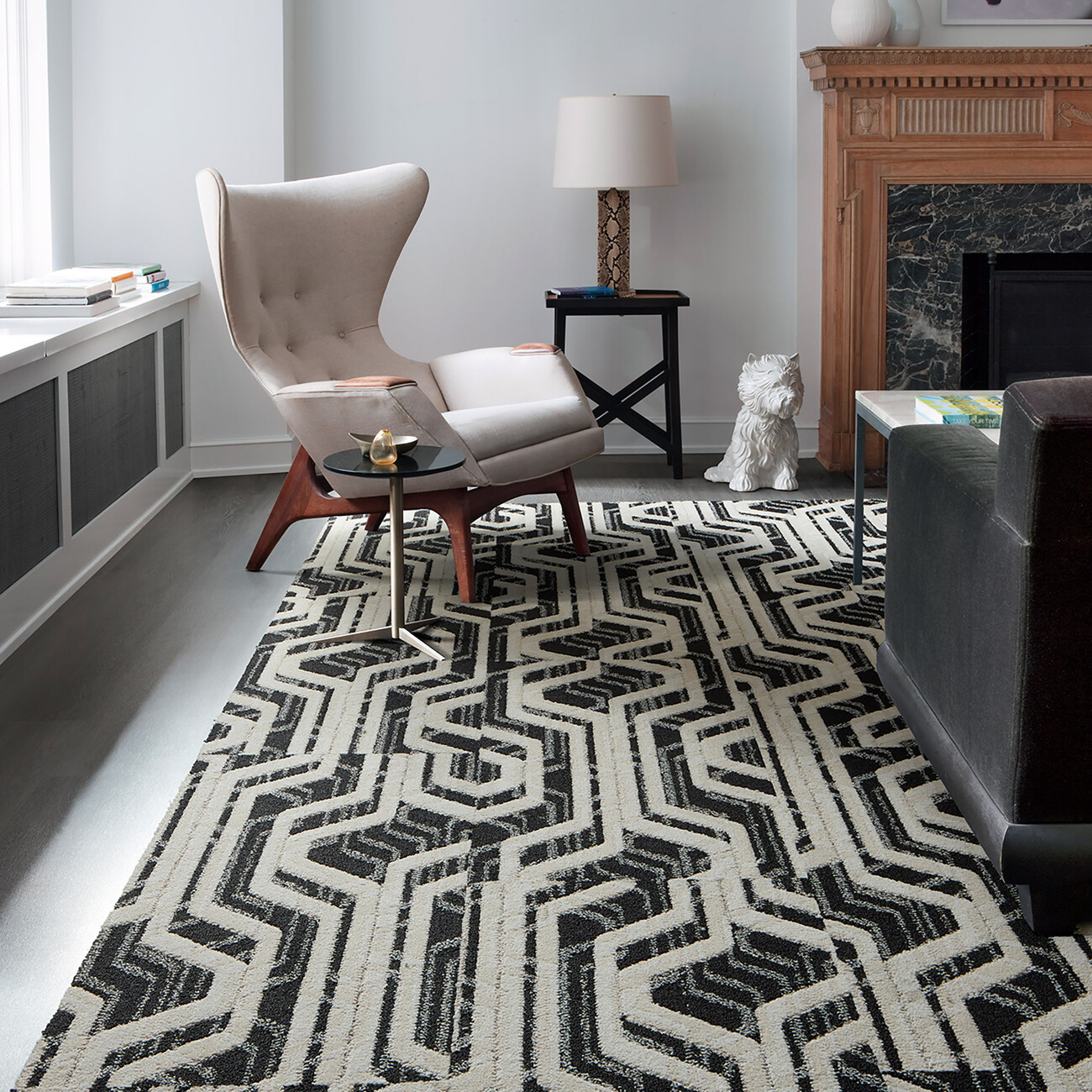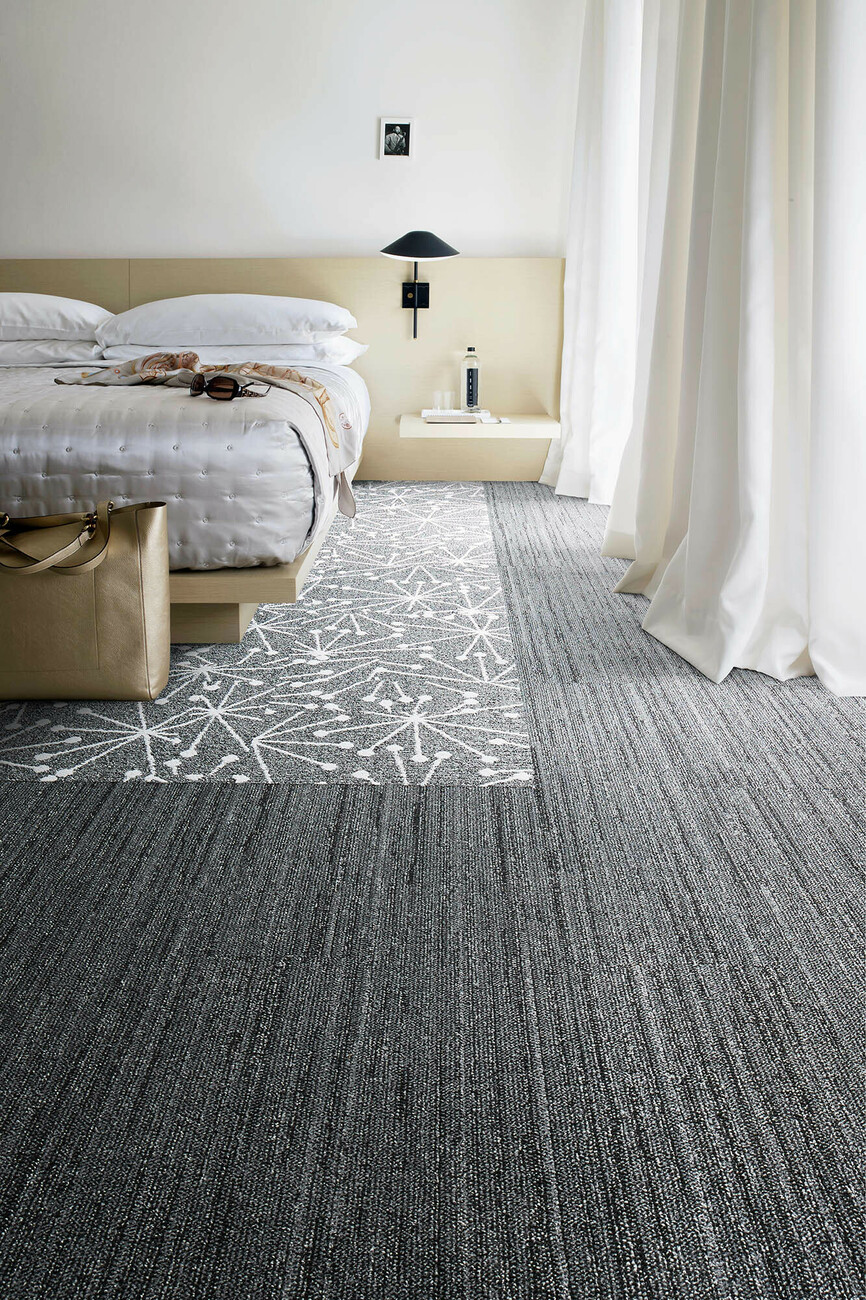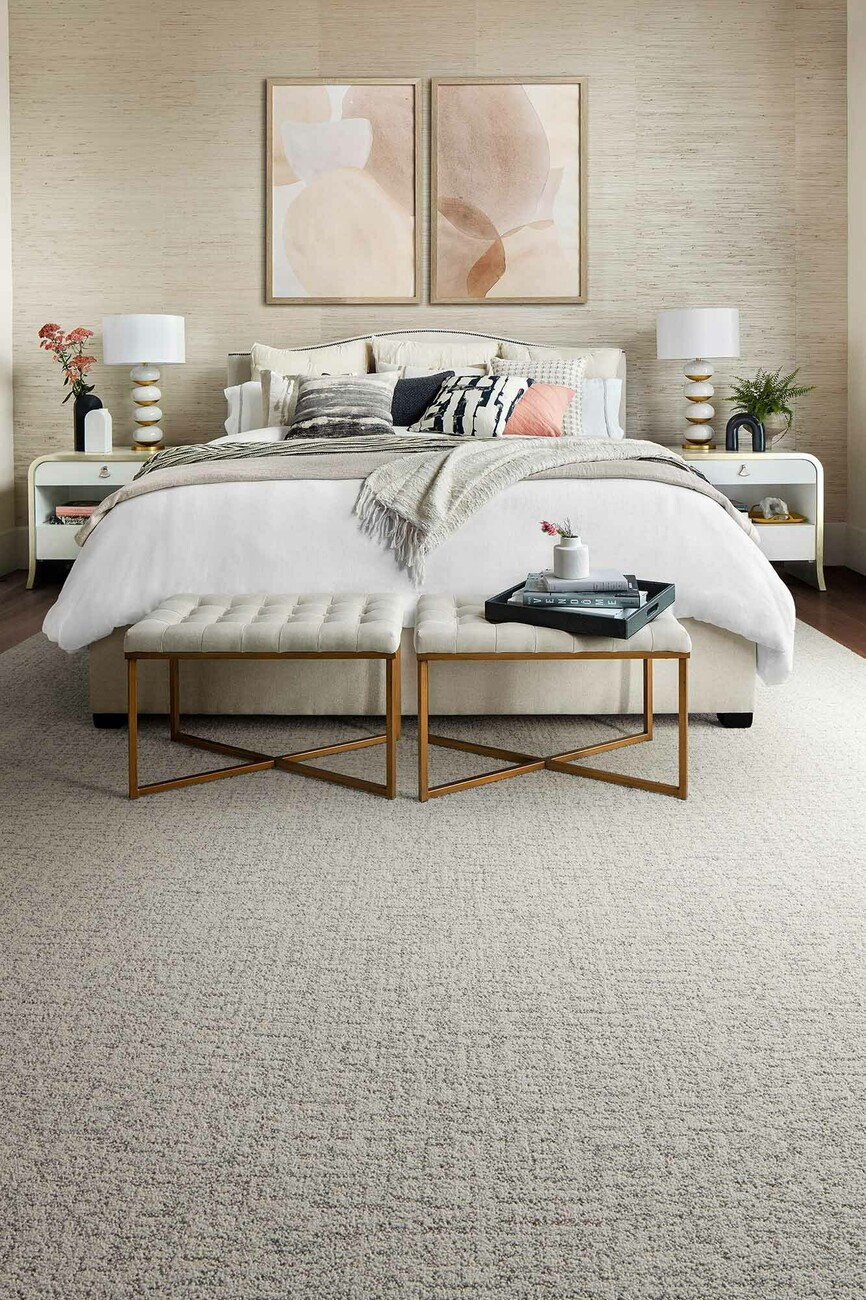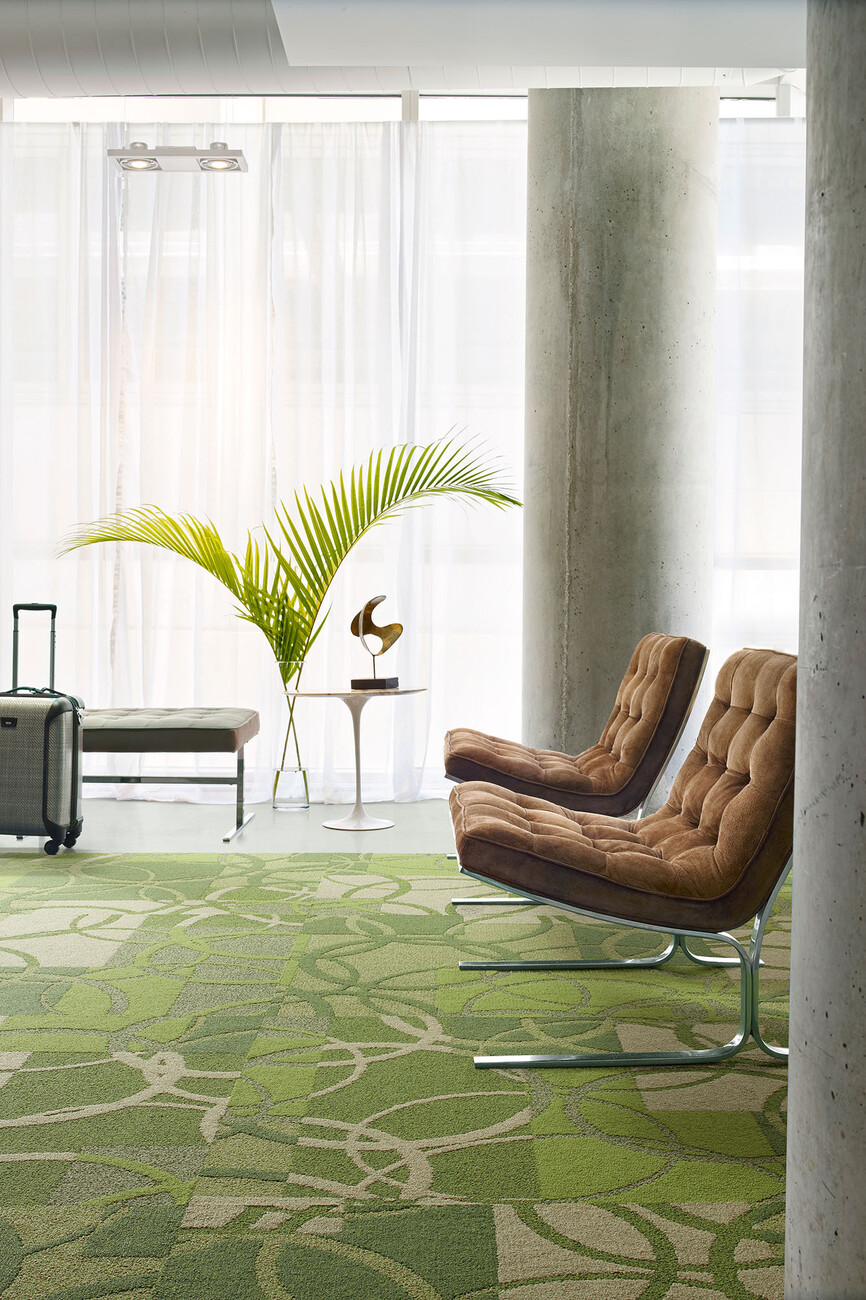New floors for the hotel
How can you create inviting hotel spaces that tell their own story? The answer is Interface's first-ever collection of carpet tiles designed specifically for the hospitality industry, suitable for both guest rooms and lounge areas, as well as circulation spaces. This is a textile and modular flooring designed by Interface Design Studio that offers a wide range of designs. "The collection is inspired by the desire to honor unique and diverse places," says Mandy Leeming, design director EAAA at Interface. "Our design team took cues from different cultures and traditions and translated them into different textures and colors to create a collection that responds to different needs."
The Interface "Hospitality" collection offers multi-layered design options for this purpose, with the collection consisting of 21 new carpet tile designs with 100 percent recycled yarn that can be combined with LVT and nora rubber flooring without transition rails. In addition, the carpet tiles allow for a high degree of flexibility, offering two additional formats of 50 × 100 centimeters and 100 × 100 centimeters, in addition to the previous standard formats of 50 × 50 centimeters and 25 × 100 centimeters. For kitchens and stairwells, Interface also offers the two rubber floorcoverings "norament 926" and "noraplan unita", which complement the portfolio with easy-care solutions. All of Interface's textile floor coverings minimize footfall noise and, thanks to the use of "solution dyed" yarns, retain their color intensity even after cleaning.
The carpet tiles can also be partially replaced as needed. As standard, they are equipped with the CO2-negative backing construction "CQuest™Bio" and thus have a low carbon footprint. Added to this is a total proportion of recycled and bio-based materials of over 90 percent. In addition to its sustainable approach, the collection is particularly compelling as a design tool that can be used to create individual spaces in the hospitality industry, as Ivan Sunde, Hospitality Business Development Director EAAA at Interface, explains, "Architects and designers across the hospitality segment are now challenged to re-inspire guests to travel, meet and explore. The intersection where we can help is in the design of premium and engaging spaces. These can invite guests to stay longer, enhance the well-being of guests and employees, and have a positive impact on the environment."


